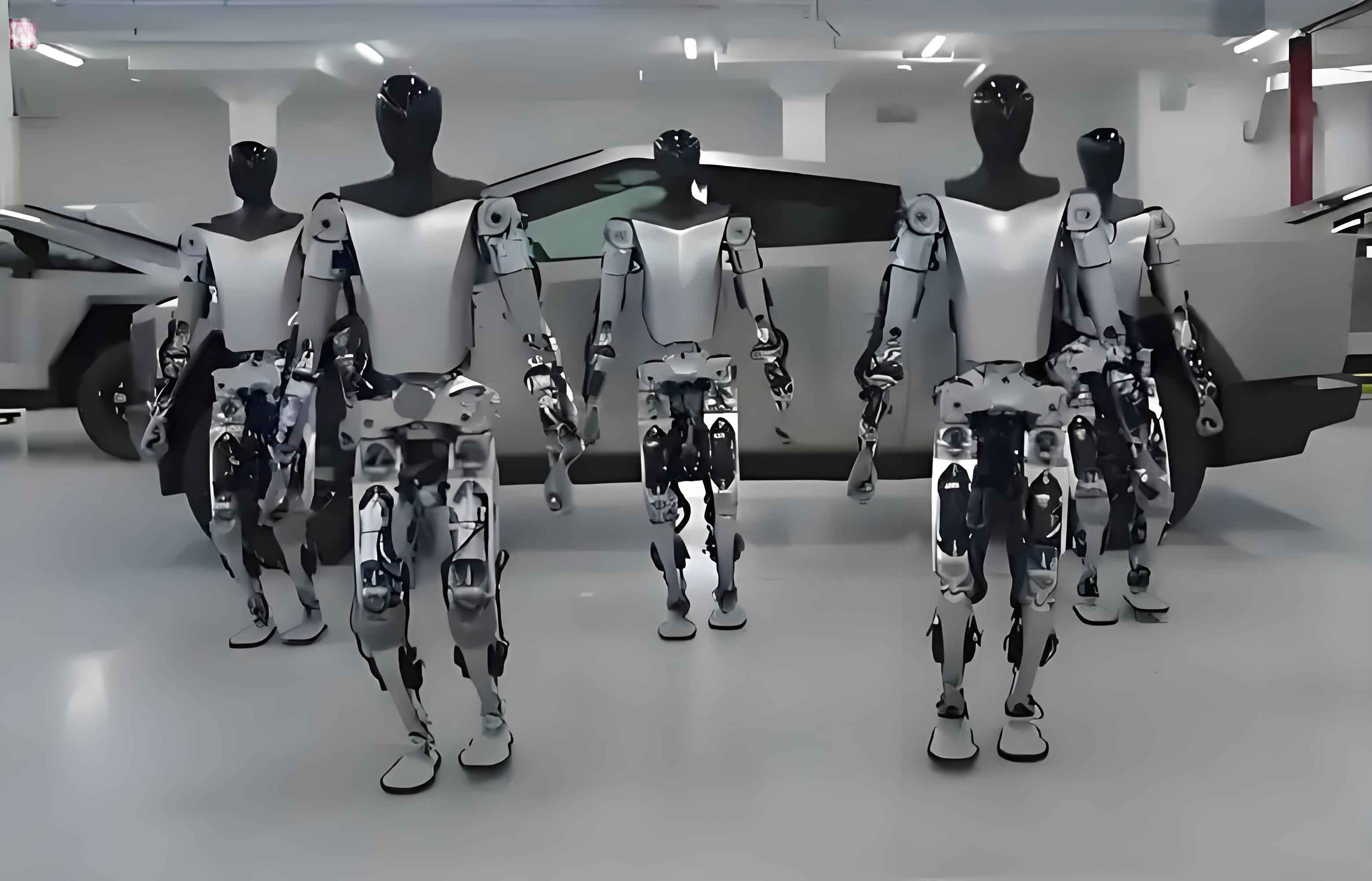The rapid advancement of agricultural technology has positioned intelligent robots as a cornerstone of modern farming. Among these innovations, intelligent harvesting robots stand out for their potential to revolutionize crop collection, reduce labor dependency, and enhance operational efficiency. However, despite their transformative capabilities, the adoption of intelligent harvesting robots faces significant hurdles. This article explores the current landscape, challenges, and actionable marketing strategies to accelerate their integration into global agriculture.

Current Development of Intelligent Harvesting Robots
Market Demand
The global agricultural sector increasingly relies on automation to address labor shortages and rising production costs. Intelligent harvesting robots, equipped with AI-driven vision systems and precision mechanics, are pivotal in meeting these demands. Key drivers include:
| Factor | Impact |
|---|---|
| Labor Cost Reduction | Replaces 30-45% of manual labor in fruit/vegetable harvesting. |
| Quality Assurance | Minimizes crop damage through advanced gripping and sorting algorithms. |
| Scalability | Adaptable to diverse crops (e.g., peppers, apples) and farming environments. |
China leads in research output, surpassing the U.S., but commercialization remains nascent due to fragmented adoption.
Policy Support
Government initiatives worldwide are accelerating smart agriculture. For example, China’s 2023 Central Policy Document emphasizes rural modernization, funding projects like IoT-enabled farms and AI-driven irrigation systems. Similar programs in the EU and Israel (e.g., the “Sweeper” robot for greenhouse peppers) highlight global momentum.
| Region | Policy/Initiative | Focus Area |
|---|---|---|
| China | Digital Rural Development Plan (2022–2025) | Infrastructure & R&D Funding |
| EU | Horizon Europe Agri-Tech Grants | Greenhouse Automation |
| U.S. | Farm Bill 2023 | Precision Agriculture |
Technological Progress
While breakthroughs in machine learning and robotics have improved harvesting accuracy, core challenges persist:
| Technology | Advancement | Limitation |
|---|---|---|
| Vision Recognition | 95% maturity detection accuracy in controlled environments. | Struggles with variable lighting/weather. |
| Soft Gripping Mechanisms | 3D-printed flexible claws reduce crop damage by 40%. | Limited durability in field conditions. |
| Autonomous Navigation | GPS-RTK systems enable centimeter-level precision. | High infrastructure dependency. |
Challenges Hindering Widespread Adoption
Despite progress, intelligent harvesting robots face three critical barriers:
1. High Barriers to Market Penetration
- Aging Workforce: The average age of agricultural workers in China exceeds 55, with low tech literacy.
- Cost Sensitivity: Small-scale farmers perceive upfront costs (e.g., 20,000–20,000–50,000 per unit) as prohibitive.
2. Immature Product Ecosystem
- Technical Limitations: Field tests reveal a 15–20% failure rate in unstructured environments.
- Fragmented R&D: Academic prototypes (e.g., sponge-based grippers) lack commercial scalability.
3. Ambiguous Market Positioning
- Mismatched Pricing: Premium pricing alienates cost-conscious users like family farms.
- Undefined Competition: Competing with traditional harvesters requires clear differentiation.
Strategic Marketing Solutions
To overcome these challenges, stakeholders must adopt a multi-pronged approach:
1. Precision Market Segmentation
Tailoring solutions to distinct user groups enhances relevance:
| Segment | Needs | Robot Features |
|---|---|---|
| Family Farms | Affordability, ease of use | Modular designs; pay-per-use models. |
| Agricultural Companies | 24/7 operation, scalability | High-throughput systems; cloud integration. |
| Agri-Tech Parks | R&D collaboration, data-driven farming | Customizable APIs; multi-crop compatibility. |
2. Multi-Dimensional Product Development
Phased innovation ensures sustained growth:
| Phase | Focus | Example |
|---|---|---|
| Early-Stage | Core functionality (e.g., apple picking) | Partner with pilot farms for feedback. |
| Mid-Stage | Ecosystem integration (e.g., IoT links) | Bundle robots with soil sensors/drones. |
| Maturity | AI-as-a-Service platforms | Offer predictive analytics for crop yield. |
3. End-to-End Service Models
Enhancing user experience builds loyalty:
| Service Stage | Strategy | Outcome |
|---|---|---|
| Pre-Sales | Free trials; virtual demos | Lower adoption hesitancy. |
| Post-Sales | Remote diagnostics; on-site training | Reduce downtime by 30%. |
| Retention | Loyalty programs; upgrade subsidies | Increase repeat purchases by 25%. |
4. Innovative Business Models
Adopting flexible monetization strategies broadens accessibility:
| Model | Description | Target Users |
|---|---|---|
| RaaS (Robot-as-a-Service) | Lease robots; charge per kg harvested. | Smallholders; seasonal farms. |
| Outcome-Based Pricing | Fees tied to productivity gains. | Large cooperatives; agri-businesses. |
5. Omnichannel Marketing
Blending traditional and digital channels maximizes reach:
| Channel | Tactic | Metric |
|---|---|---|
| E-Commerce | List on Alibaba/Amazon Agri-Hubs. | 50% lead generation via online ads. |
| Trade Shows | Demo robots at AgriTech Expo 2025. | 200+ qualified leads per event. |
| Social Media | Viral videos showcasing field efficacy. | 1M+ impressions/month on TikTok. |
6. Pull Marketing Campaigns
Leveraging testimonials and partnerships drives organic growth:
- Influencer Collaborations: Partner with agri-influencers for authentic reviews.
- Community Workshops: Train farmers on ROI calculation and maintenance.
Conclusion
The future of intelligent harvesting robots hinges on addressing technical limitations, refining market strategies, and fostering stakeholder collaboration. By prioritizing affordability, scalability, and user-centric services, manufacturers can transform these robots from niche innovations into agricultural staples. As labor shortages intensify and smart farming gains traction, intelligent robots will undoubtedly become indispensable tools for sustainable, high-yield agriculture.
